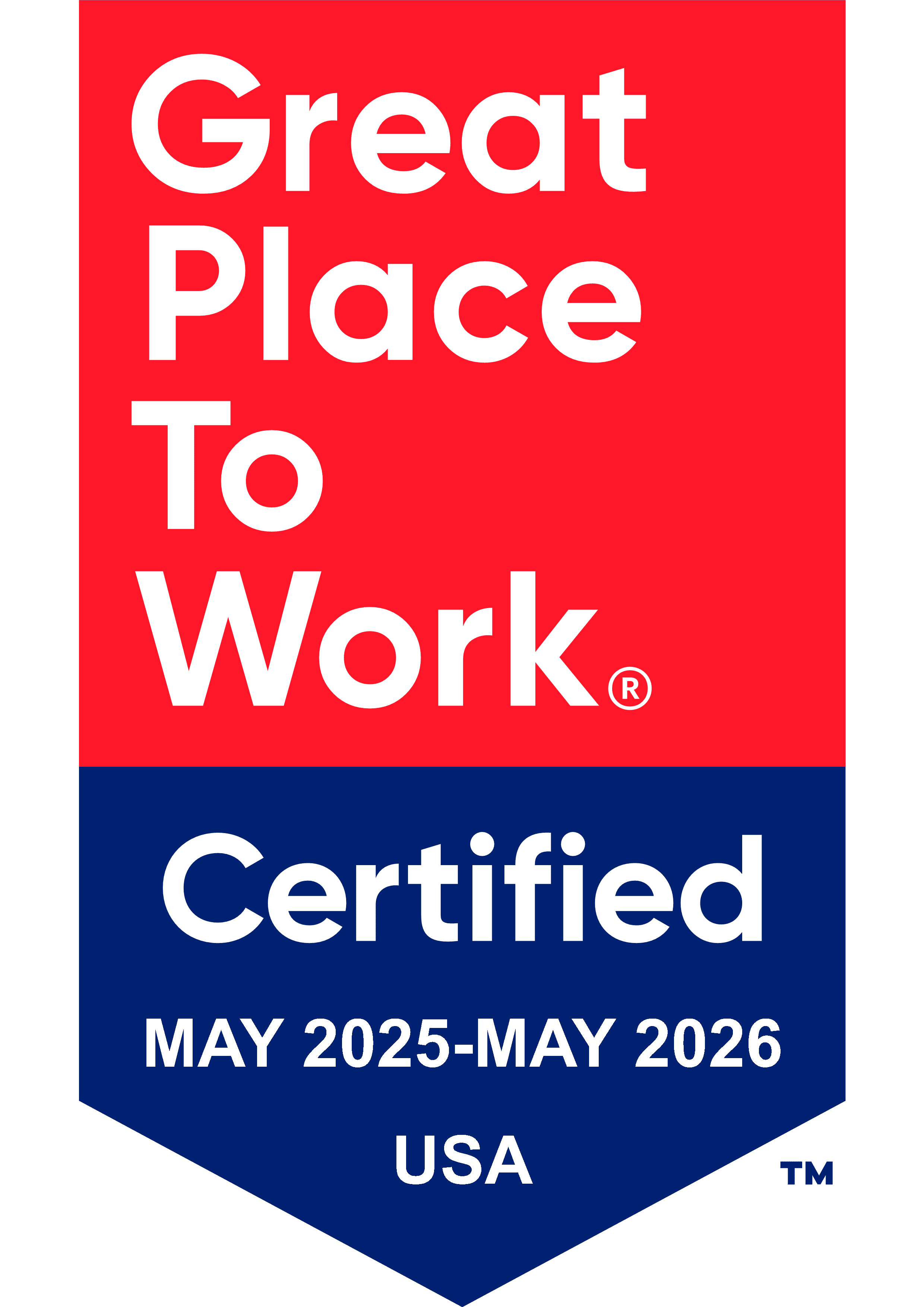At CADCA’s 2025 Mid-Year Training Institute, Counter Tools led an educational session on how coalitions can conduct store assessments to better understand the retail environment for alcohol sales. Presenters Nicole Holt, Elizabeth Gerndt, and Kayla Tillett described the methodology behind a recent project in which the organization worked with coalitions from across the country to collect data through environmental scans.
Through the Retail Alcohol Data (RAD) Collaborative, 31 community coalitions across 15 states visited 2,368 stores to collect data on alcohol pricing, placement, and promotion. The goal was two-fold: to better understand the availability, pricing, and marketing of high-risk products that are especially dangerous or appealing to young people; and to equip coalitions with local data to support pricing and other policy strategies that reduce alcohol-related harms.
They explained that the retail environment can be analyzed at two levels. On the micro level, it consists of product availability, placement, pricing, promotion, and policy compliance. This is store-level information that is hard to capture without physically being in the store; for example, where are products placed in the store? On the macro level, licensing data can show how many alcohol outlets exist, what types they are, and how clustered they might be. Together, these factors influence community exposure to alcohol marketing.
At the point of sale itself, alcohol companies invest heavily in making products visible and appealing. The presenters emphasized that big industries typically invest in places that give them a return on their investment. When products are more readily available and accessible, that can also impact youth behaviors, like underage drinking or reinforcing the perception that drinking is common and acceptable among their peers. Additionally, increased retailer density and proximity lead to more marketing exposure, which in turn leads to increased alcohol-related harms.
Store assessments can help coalitions gather concrete evidence to address these issues and help guide policy goals. They create opportunities to engage community members and educate decision-makers; providing data helps tell your story in a more compelling way, in addition to allowing for changes to be evaluated over time. For example, one assessment found that for less than $11, a person could buy three Four Lokos or four Coca-Colas. The former is equivalent to 16.4 standard alcohol drinks, or about the same as a 750 mL bottle of vodka.
When it comes to educating lawmakers, it’s imperative to gather a range of local data: photos, pricing information, youth survey data, ad language, and social media screenshots to show how alcohol is being marketed. Counties that had performed store assessments were more than six times as likely to have adopted point-of-sale policies than those who had not, showing the direct link between data collection and action. Presenting these details to lawmakers makes the issue local and tangible. This kind of information can help support and justify policy efforts, such as restricting alcohol ads near schools, adjusting taxes on high-risk products, and limiting single-serve packaging.
If your coalition is using strategies like this or exploring other innovative approaches, you have an opportunity to share your work with peers across the country. CADCA is accepting proposals for training sessions at its 2026 National Leadership Forum through September 30.


